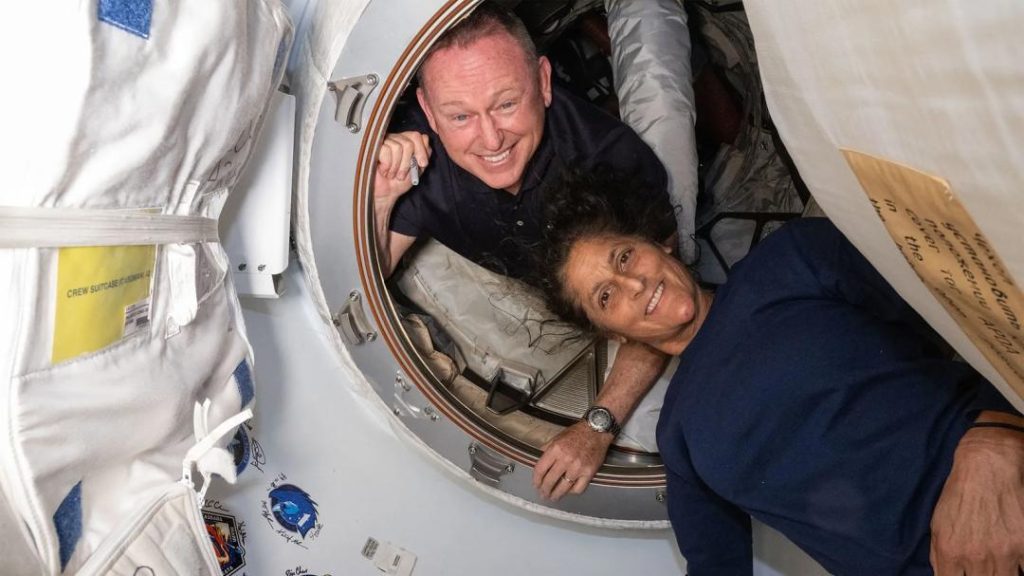
What challenges will Sunita Williams & Butch Wilmore face after returning to Earth?
Astronauts Sunita Williams and Butch Wilmore are set to return to Earth next week, bringing an end to their expedition to the International Space Station (ISS). While their journey to space has been filled with excitement and discovery, they may face some unexpected challenges upon their return to Earth. According to recent reports, they may experience trouble walking, develop “baby feet”, and also struggle with bone density loss, among other issues.
Loss of Blood Volume
One of the most significant challenges astronauts face during space travel is the loss of blood volume. In microgravity, the body’s blood vessels dilate, leading to a loss of blood volume. This can cause dizziness, nausea, and even fainting. Astronauts like Sunita Williams and Butch Wilmore have been in space for months, and it’s likely that they have experienced some degree of blood volume loss.
When they return to Earth, it will take some time for their bodies to adjust to the gravitational forces. They may feel lightheaded, dizzy, or even experience nausea due to the sudden change in blood pressure. This can be a challenging experience, especially for those who are not used to it.
Bone Density Loss
Another significant challenge that astronauts face during space travel is bone density loss. In microgravity, the body does not have to work as hard to maintain its structure, which can lead to a loss of bone mass. This can cause long-term health problems, including osteoporosis and bone fractures.
Astronauts like Sunita Williams and Butch Wilmore have been in space for months, and it’s likely that they have experienced some degree of bone density loss. When they return to Earth, they will have to work to counteract this loss. This may involve exercises, physical therapy, and other treatments to help rebuild bone mass.
Developing “Baby Feet”
In addition to blood volume loss and bone density loss, astronauts may also experience another unusual symptom upon their return to Earth: “baby feet”. In microgravity, the body’s muscles and tendons relax, which can cause the feet to swell. This can lead to a condition known as “edema”, where the feet become puffy and swollen.
When astronauts return to Earth, this swelling can cause their feet to become even larger, leading to a condition known as “baby feet”. This can be a challenging experience, especially for those who are not used to it. It may take some time for the body to adjust to the gravitational forces, and for the swelling to subside.
Other Challenges
In addition to these physical challenges, astronauts like Sunita Williams and Butch Wilmore may also face other challenges upon their return to Earth. They may experience jet lag, which can cause fatigue, disorientation, and other symptoms. They may also have to adjust to a new routine, which can be challenging after months of living in space.
They may also have to deal with the psychological challenges of returning to Earth. Space travel can be a unique and isolating experience, and astronauts may have to adjust to being back on Earth with family, friends, and colleagues. They may experience feelings of disorientation, anxiety, and depression, among other symptoms.
Conclusion
In conclusion, while astronauts like Sunita Williams and Butch Wilmore are set to return to Earth next week, they may face some unexpected challenges upon their return. They may experience trouble walking, develop “baby feet”, and struggle with bone density loss, among other issues. It’s a challenging experience that requires careful planning, preparation, and recovery.
As they return to Earth, it’s essential to remember the sacrifices they have made for the advancement of space exploration. They have spent months living in space, conducting critical research, and pushing the boundaries of human knowledge. Their journey has been filled with excitement and discovery, and it’s essential to recognize the challenges they will face upon their return.
Source:






